detail profile edward teller
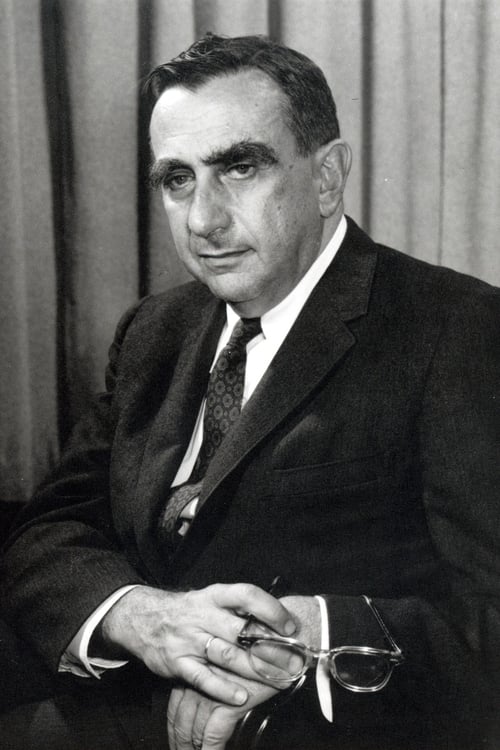
Edward Teller
Dr. Edward Teller
atau dikenal sebagai
Riwayat Hidup
Edward Teller (Hungarian: Teller Ede; January 15, 1908 – September 9, 2003) was a Hungarian-American theoretical physicist who is known colloquially as "the father of the hydrogen bomb" (see the Teller–Ulam design), although he did not care for the title, considering it to be in poor taste.
[1] Throughout his life, Teller was known both for his scientific ability and for his difficult interpersonal relations and volatile personality.
Born in Hungary in 1908, Teller emigrated to the United States in the 1930s, one of the many so-called "Martians", a group of prominent Hungarian scientist émigrés.
He made numerous contributions to nuclear and molecular physics, spectroscopy (in particular the Jahn–Teller and Renner–Teller effects), and surface physics.
His extension of Enrico Fermi's theory of beta decay, in the form of Gamow–Teller transitions, provided an important stepping stone in its application, while the Jahn–Teller effect and the Brunauer–Emmett–Teller (BET) theory have retained their original formulation and are still mainstays in physics and chemistry.
[2]
Teller also made contributions to Thomas–Fermi theory, the precursor of density functional theory, a standard modern tool in the quantum mechanical treatment of complex molecules.
In 1953, along with Nicholas Metropolis, Arianna Rosenbluth, Marshall Rosenbluth, and his wife Augusta Teller, Teller co-authored a paper that is a standard starting point for the applications of the Monte Carlo method to statistical mechanics and the Markov chain Monte Carlo literature in Bayesian statistics.
[3] Teller was an early member of the Manhattan Project, charged with developing the first atomic bomb.
He made a serious push to develop the first fusion-based weapons as well, but these were deferred until after World War II.
He co-founded the Lawrence Livermore National Laboratory, and was both its director and associate director for many years.
After his controversial negative testimony in the Oppenheimer security hearing convened against his former Los Alamos Laboratory superior, J.
Robert Oppenheimer, Teller was ostracized by much of the scientific community.
Teller continued to find support from the U.
S.
government and military research establishment, particularly for his advocacy for nuclear energy development, a strong nuclear arsenal, and a vigorous nuclear testing program.
In his later years, he became especially known for his advocacy of controversial technological solutions to both military and civilian problems, including a plan to excavate an artificial harbor in Alaska using thermonuclear explosive in what was called Project Chariot, and Ronald Reagan's Strategic Defense Initiative.
Teller was a recipient of numerous awards, including the Enrico Fermi Award and Albert Einstein Award.
He died on September 9, 2003, in Stanford, California, at 95.
From Wikipedia, the free encyclopedia
Info Pribadi
Peran Yang Di Mainkan Edward Teller
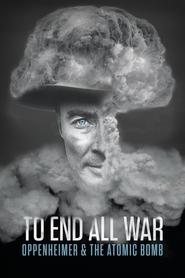 Explore how one mans relentless drive...
Explore how one mans relentless drive...To End All War: Oppenheimer & the Atomic Bomb 2023
Explore how one man's relentless drive and invention of the atomic bomb changed the nature of war forever, led to the deaths of hundreds of thousands of people and unleashed mass hysteria.
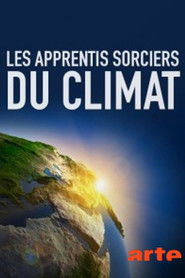 The Cold Wars wildest dreams of...
The Cold Wars wildest dreams of...Clockwork Climate 2015
The Cold War's wildest dreams of climate control have made a spectacular comeback: from the USA to China, 'geo-engineers' promise to make climate change the way we want. And they have found powerful supporters among lobbyists and entrepreneurs. This film is an investigation into the world-wide boom in geo-engineering. How did a pseudo-science with a controversial past become a planet-wide research subject?
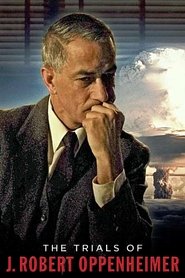 J Robert Oppenheimer was a national...
J Robert Oppenheimer was a national...The Trials of J. Robert Oppenheimer 2008
J. Robert Oppenheimer was a national hero, the brilliant scientist who during WWII led the scientific team that created the atomic bomb. But after the bomb brought the war to an end, in spite of his renown and his enormous achievement, America turned on him - humiliated and cast him aside. The question the film asks is, "Why?"
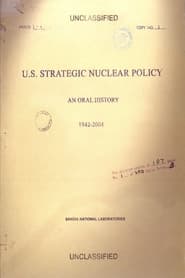 US Strategic Nuclear Policy An Oral...
US Strategic Nuclear Policy An Oral...U.S. Strategic Nuclear Policy 2005
U.S. Strategic Nuclear Policy, An Oral History explores the origins of United States strategic nuclear policy and how it evolved. The documentary looks at this topic through the oral history of key participants including Robert McNamara, Edward Teller, James Schlesinger, Andrew Goodpaster, Harold Brown, Richard Garwin and William Kaufmann.
 The Moment in Time documents the...
The Moment in Time documents the...The Moment in Time: The Manhattan Project 2000
The Moment in Time documents the uncertain days of the beginning of World War II when it was feared the Nazis were developing the atomic bomb. The history of the bomb's development is traced through recollections of those who worked on what was known as "the gadget."
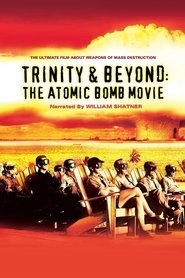 Trinity and Beyond is an unsettling...
Trinity and Beyond is an unsettling...Trinity and Beyond: The Atomic Bomb Movie 1995
"Trinity and Beyond" is an unsettling yet visually fascinating documentary presenting the history of nuclear weapons development and testing between 1945-1963. Narrated by William Shatner and featuring an original score performed by the Moscow Symphony Orchestra, this award-winning documentary reveals previously unreleased and classified government footage from several countries.
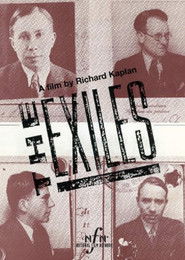 A chronicle of the rescue of...
A chronicle of the rescue of...The Exiles 1989
A chronicle of the rescue of oppressed intellectuals and artists from Europe before the outbreak of World War II. It studies the cultural and intellectual impact of this emigre population on American life.
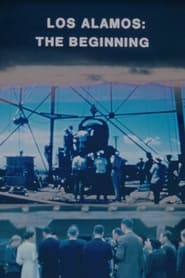 A documentary composed of historical footage...
A documentary composed of historical footage...Los Alamos: The Beginning 1982
A documentary composed of historical footage and contemporary interviews from the men and women of Los Alamos, recalling their experiences of the community and the creation of the atomic bomb from the inception of the program in 1943.
